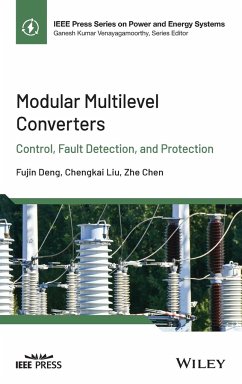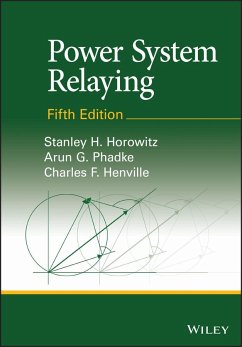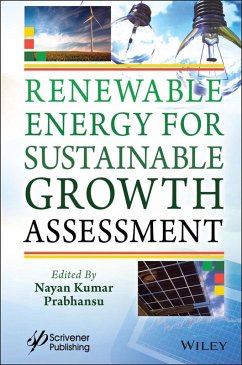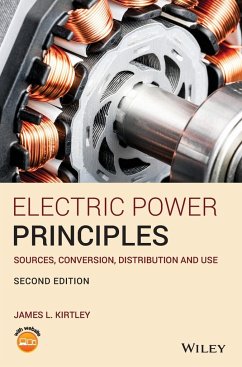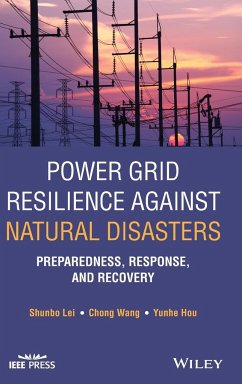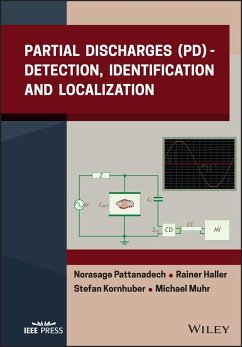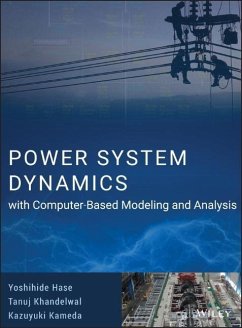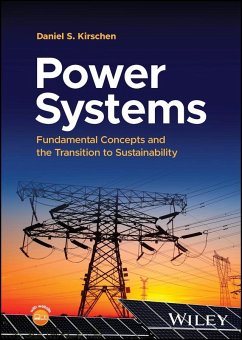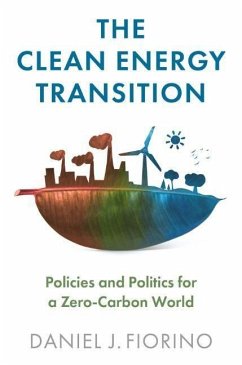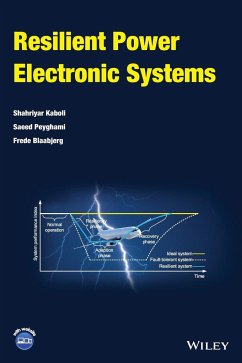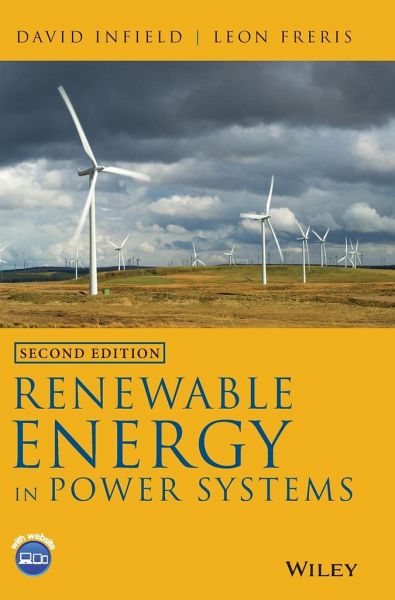
Renewable Energy in Power Systems
Versandkostenfrei!
Versandfertig in 2-4 Wochen
69,99 €
inkl. MwSt.
Weitere Ausgaben:

PAYBACK Punkte
35 °P sammeln!
With the growth in renewable energy (RE) generation installed capacity, many countries such as the UK are relying on higher levels of RE generation to meet targets for reduced greenhouse gas emissions. In the face of this, the integration issue is now of increasing concern, in particular to system operators.




